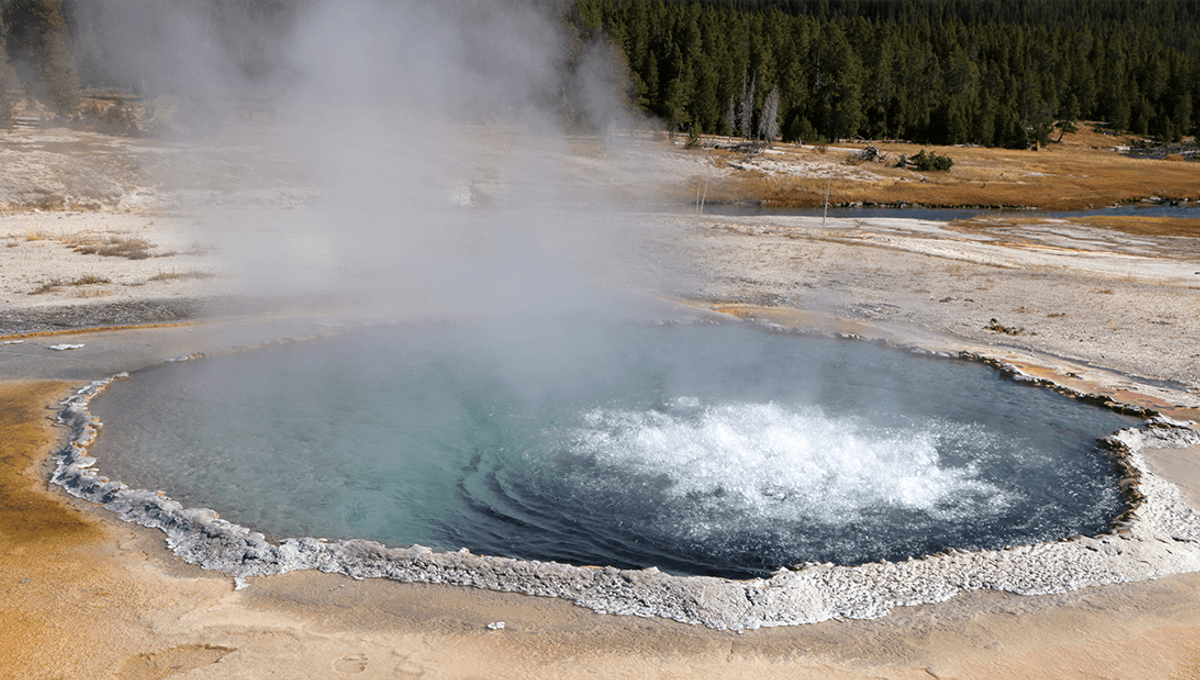
There are warnings around Yellowstone’s hot springs for a reason, and no matter how tempted you may be to, for example, try to boil a chicken in one of them, we highly recommend that you do not.
In 2016, one man ignored the advice and tragically demonstrated precisely why certain areas of the national park are cordoned off from the public.
“There’s a closure in place to keep people from doing that for their own safety and also to protect the resources because they are very fragile,” Deputy Chief Ranger Lorant Veress explained to KULR-8 following an incident report into the man’s death. “But, most importantly for the safety of people because it’s a very unforgiving environment.”
Colin Nathaniel Scott, 23, from Portland, Oregon, and his sister walked off the main boardwalk near the Pork Chop Geyser and up a nearby hill, looking, ill-advisedly, for a place to have a dip.
“They were specifically moving in that area for a place that they could potentially get into and soak. I think they call it Hot Potting,” said Veress.
Scott found a pool and reached down to check the temperature, when he unfortunately slipped and fell into the hot and acidic pool. His body (and wallet and flip flops) was found floating in the pool later that day by park officials, though they were unable to retrieve it at the time due to it being out of reach, and a thunderstorm that developed and prevented them from continuing the job. The next day when they returned, there was nothing of the man left.
A video of the incident was reportedly taken by Scott’s sister, though park authorities would not even release a description of it, presumably out of respect for the deceased and his family.
While hot springs, as the name implies, are very hot, reaching around 92°C (198°F) at the surface, which is the boiling point of water at Yellowstone’s average altitude, they are even hotter under the surface.
“In some of Yellowstone’s thermal areas, heat flow is over 100 watts per square meter, about 50 times that of Yellowstone’s average and ~2000 times that of average North American terrain,” the US Geological Survey explains.
“This enormous heat flow is derived from the molten rock or magma in the crust beneath the caldera, which ultimately is generated by the Yellowstone Hot Spot, an anomalously hot region of the Earth’s mantle hundreds of kilometers beneath the surface. “
As well as this, they can be highly acidic. In combination, the hot spring made light work of Scott’s body.
“In a very short order,” Veress added, “there was a significant amount of dissolving.”
In short, if you come across a warning sign in Yellowstone or any other national park, it is best to heed their advice.
Source Link: A Man Fell Into A Yellowstone Hot Spring. Within A Day, His Body Dissolved